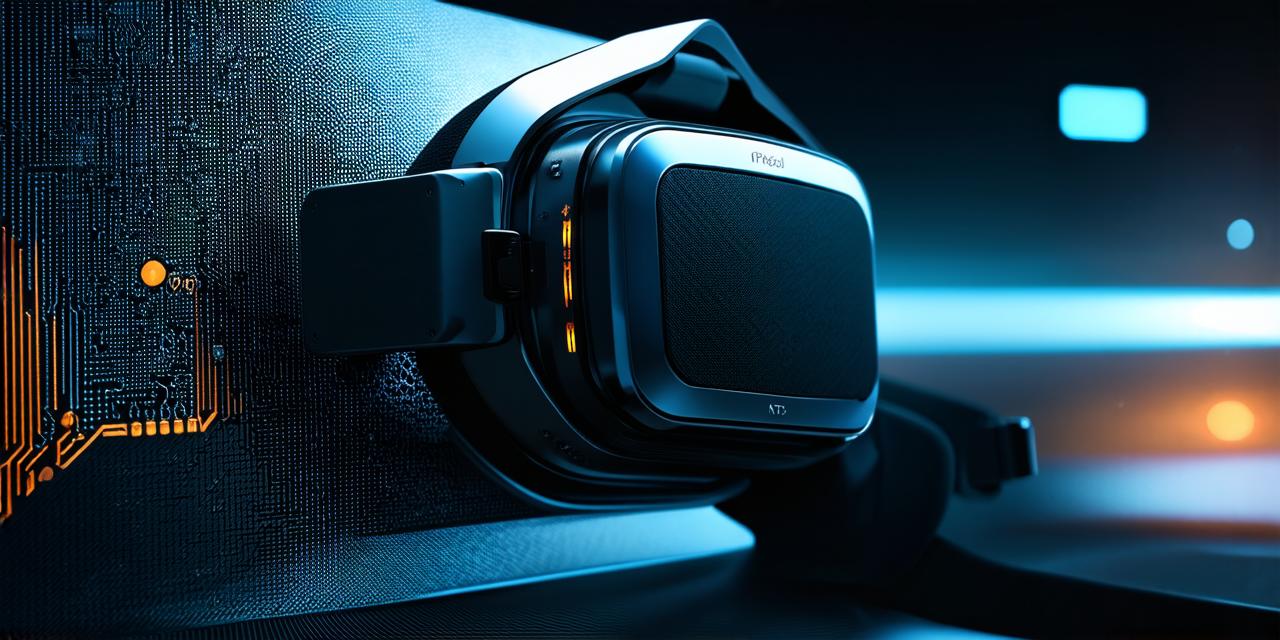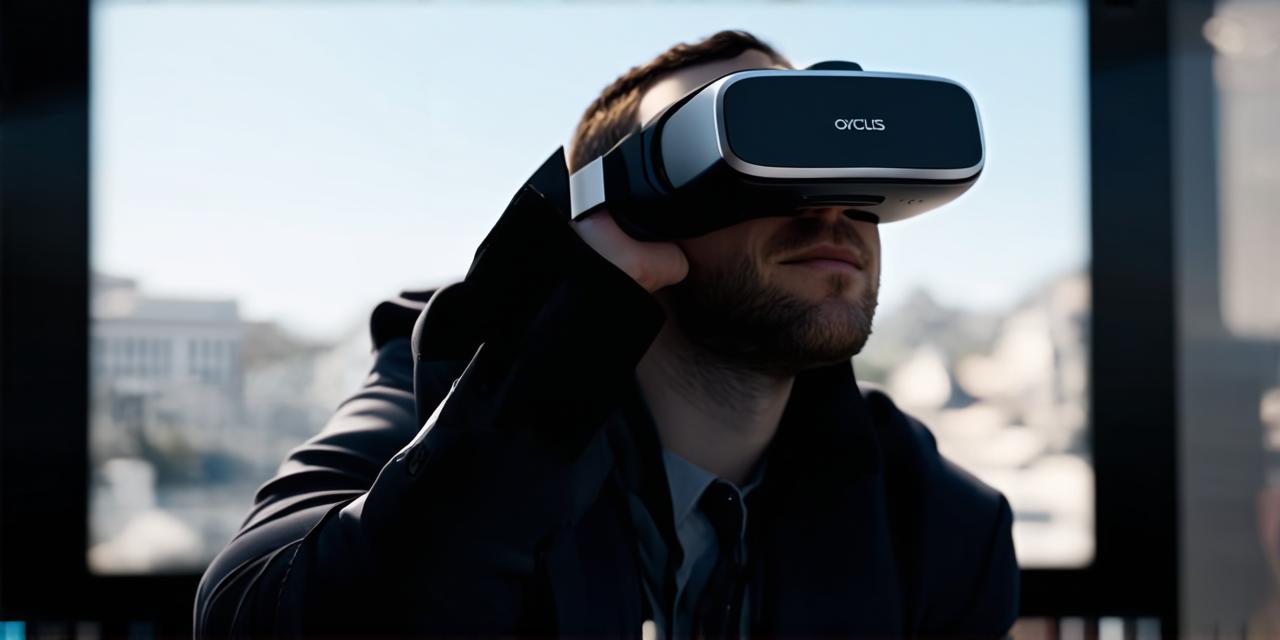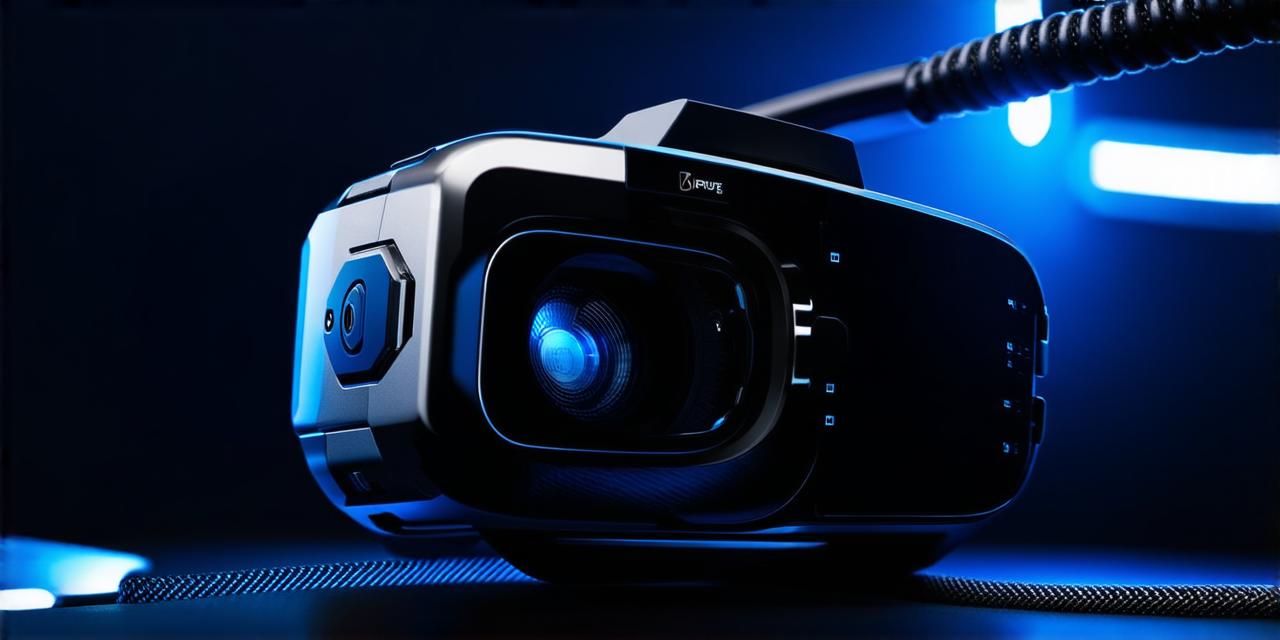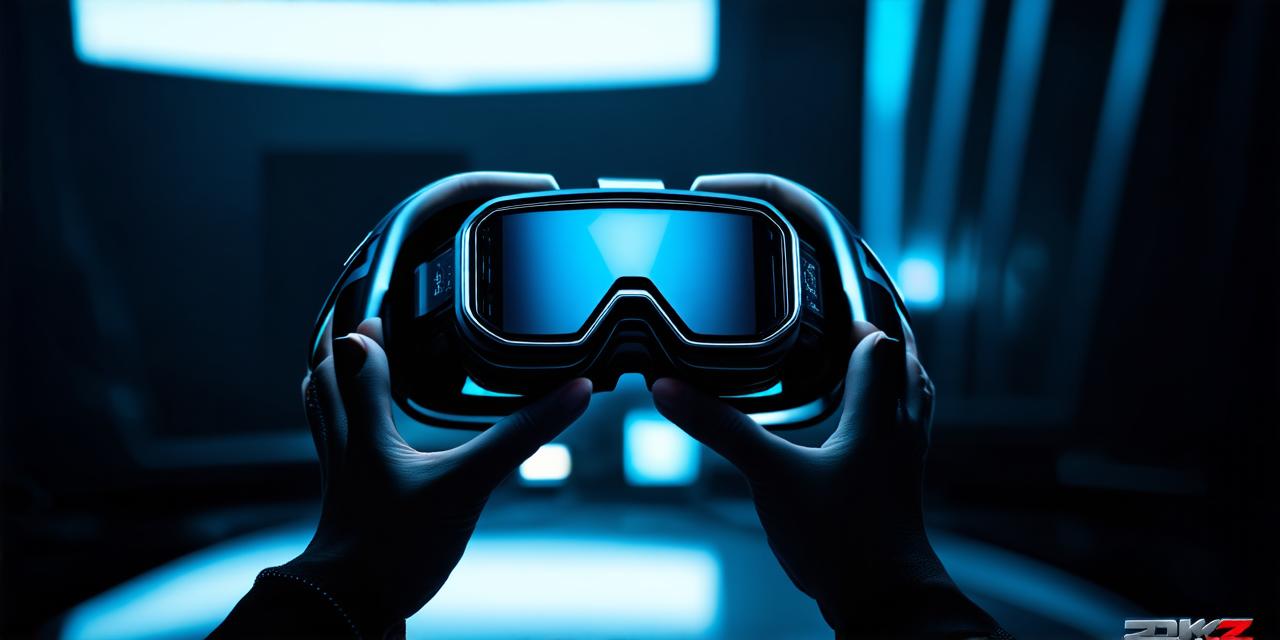The Evolution of Virtual Reality Technology
Virtual reality technology has come a long way since its inception. The first VR headsets were bulky and expensive, but with advancements in technology, they have become smaller, more affordable, and more accessible. Today, VR is being used in various fields, including gaming, education, healthcare, and more.
The growth of the VR market has been impressive, and it is expected to continue at a steady pace. According to a report by Statista, the global virtual reality market size was valued at $16.9 billion in 2020 and is projected to reach $399.5 billion by 2027. The market growth can be attributed to factors such as increased awareness, improved technology, and growing demand for immersive experiences.
The Role of Virtual Reality in Gaming
Gaming has been one of the early adopters of VR technology. VR gaming has transformed the way we play games, providing us with a more immersive experience. With VR headsets and controllers, gamers can move around and interact with their virtual environment, giving them a sense of presence that was previously impossible.
VR gaming has also opened up new opportunities for game developers to create unique experiences that were not possible before. For example, games like “Beat Saber” and “Job Simulator” have become instant hits, providing gamers with a unique experience that they cannot find anywhere else.
The Future of VR in Gaming
The future of VR gaming is bright, with advancements in technology expected to make it even more immersive and interactive. For example, new technologies like haptic feedback will allow gamers to feel the virtual environment around them, providing a more realistic experience. Additionally, advancements in AI and machine learning will enable games to become more dynamic and responsive to player actions.
The Role of Virtual Reality in Education
Virtual reality technology has also found its way into education. VR can provide students with a more immersive and interactive learning experience, making it easier for them to understand complex concepts. For example, medical students can use VR simulations to practice surgical procedures, while history students can explore ancient civilizations in 3D.
The Role of Virtual Reality in Healthcare
Virtual reality technology has also found its way into healthcare. VR can be used for various purposes, including therapy, training, and simulation. For example, patients suffering from PTSD or anxiety disorders can use VR to simulate their triggers in a safe environment, helping them to overcome their fears. Additionally, doctors and nurses can use VR simulations to practice surgeries and other procedures, reducing the risk of errors and improving patient outcomes.
The Role of Virtual Reality in the Workplace
Virtual reality technology is also changing the way we work. VR can be used for various purposes, including training, simulation, and collaboration. For example, architects can use VR simulations to visualize their designs in 3D, while engineers can use VR to simulate complex engineering problems. Additionally, remote teams can use VR to collaborate in virtual environments, reducing the need for physical meetings and improving communication.
The Role of Virtual Reality in Social Connections
Virtual reality technology is also changing the way we connect with each other. VR can be used for various purposes, including socializing, gaming, and events. For example, social media platforms like VRChat allow users to interact with each other in virtual environments, creating new opportunities for socialization and collaboration. Additionally, VR can be used to create virtual reality events like concerts and festivals, allowing people to attend events from the comfort of their own homes.
Conclusion
The future of virtual reality technology is bright, and it is expected to transform various industries in the coming decade. From gaming to education, healthcare, and the workplace, VR has the potential to revolutionize the way we live and work. As technology continues to advance, we can expect even more immersive and interactive experiences that will change the way we interact with each other and the world around us.
FAQs
1. What industries are expected to be most affected by virtual reality technology in the next decade?
Gaming, education, healthcare, and the workplace are expected to be the most affected by virtual reality technology in the next decade.
2. How has virtual reality technology evolved since its inception?
Virtual reality technology has evolved rapidly over the past few years, with advancements in technology making it smaller, more affordable, and more accessible.
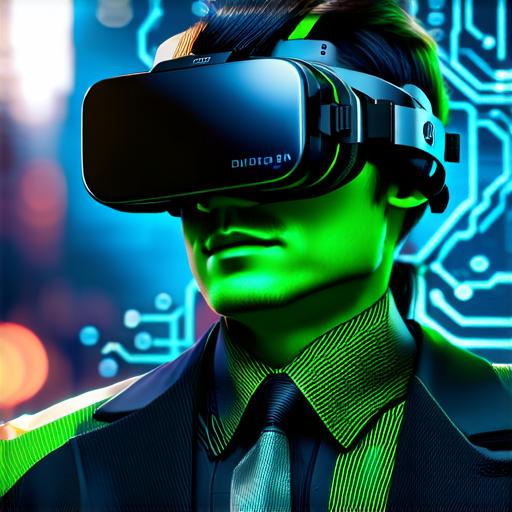
3. What role does virtual reality play in gaming?
VR has transformed the way we play games, providing us with a more immersive experience. With VR headsets and controllers, gamers can move around and interact with their virtual environment.
4. How will virtual reality technology impact education in the next decade?
Virtual reality technology is expected to make education even more transformative, with advancements in technology enabling students to learn in completely new ways.
5. What role does virtual reality play in healthcare?
Virtual reality technology can be used for various purposes in healthcare, including therapy, training, and simulation. For example, patients suffering from PTSD or anxiety disorders can use VR to simulate their triggers in a safe environment.

